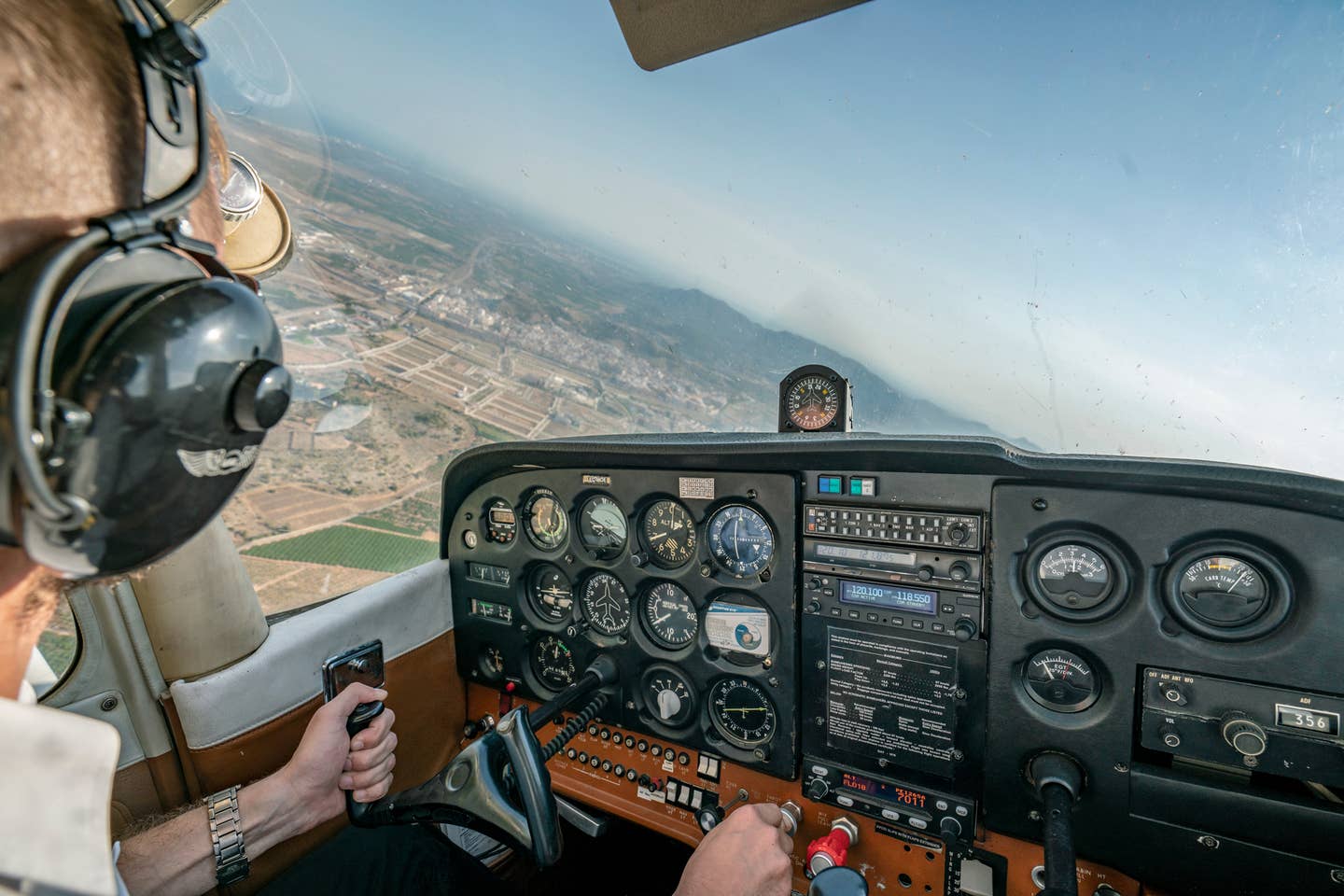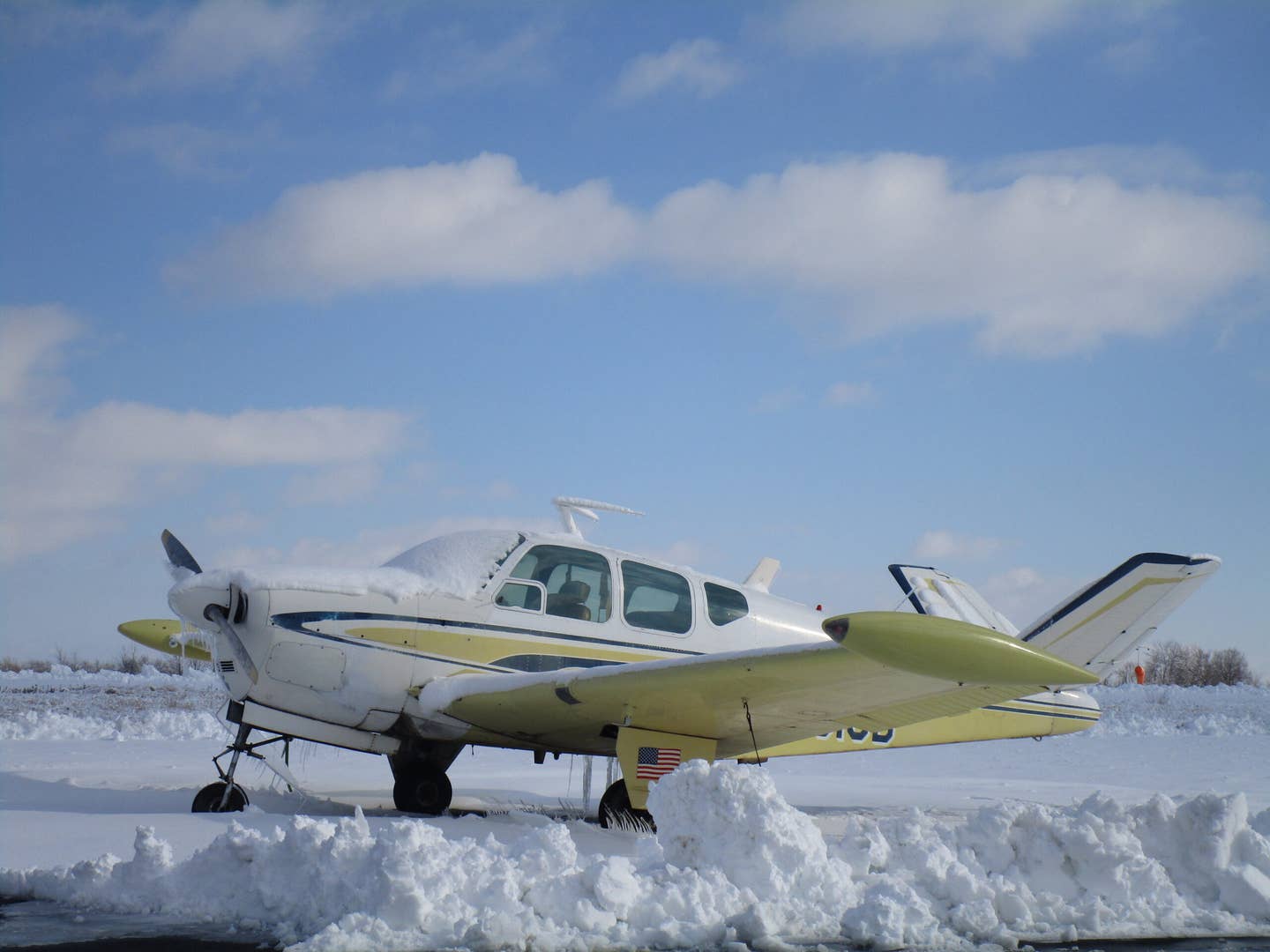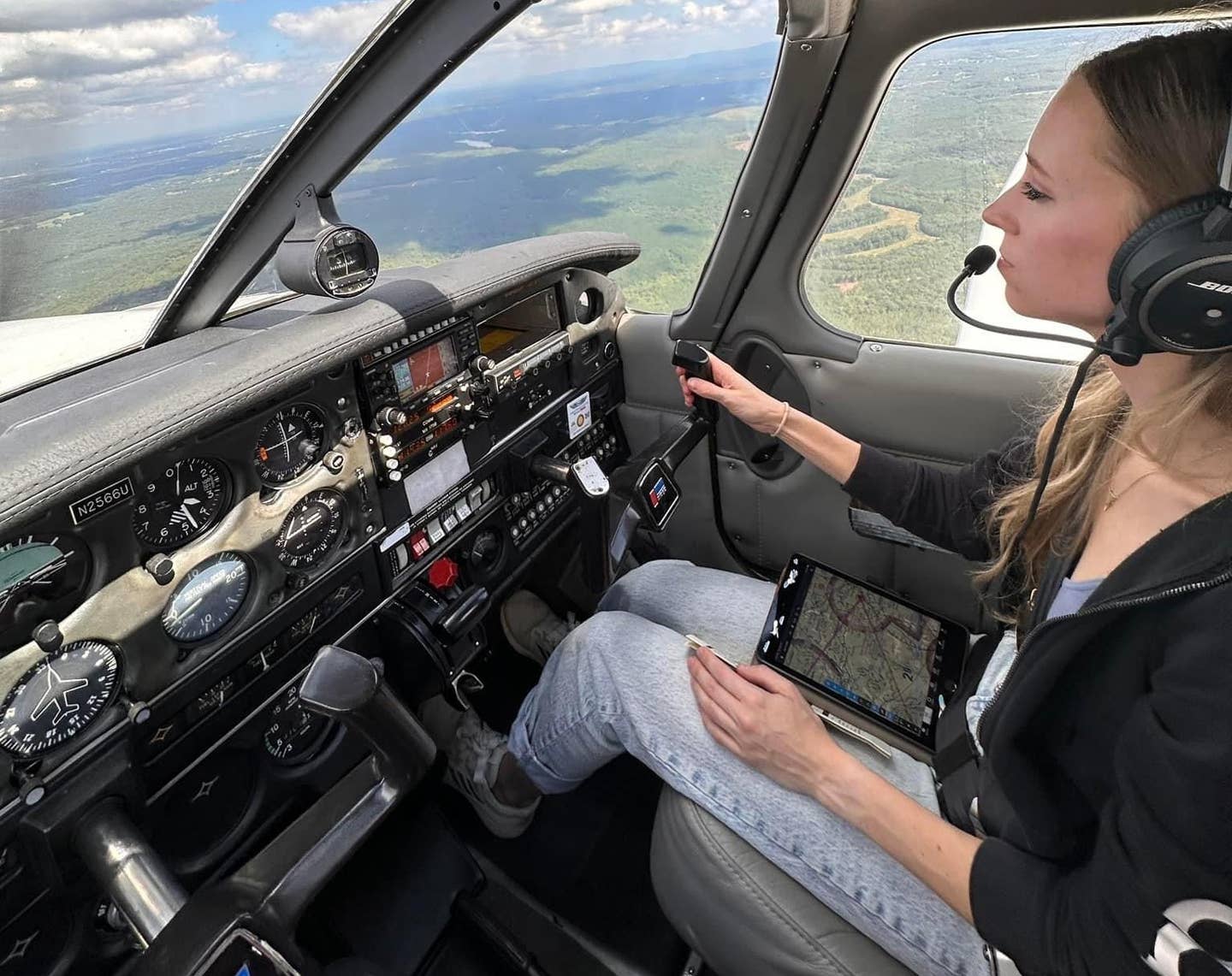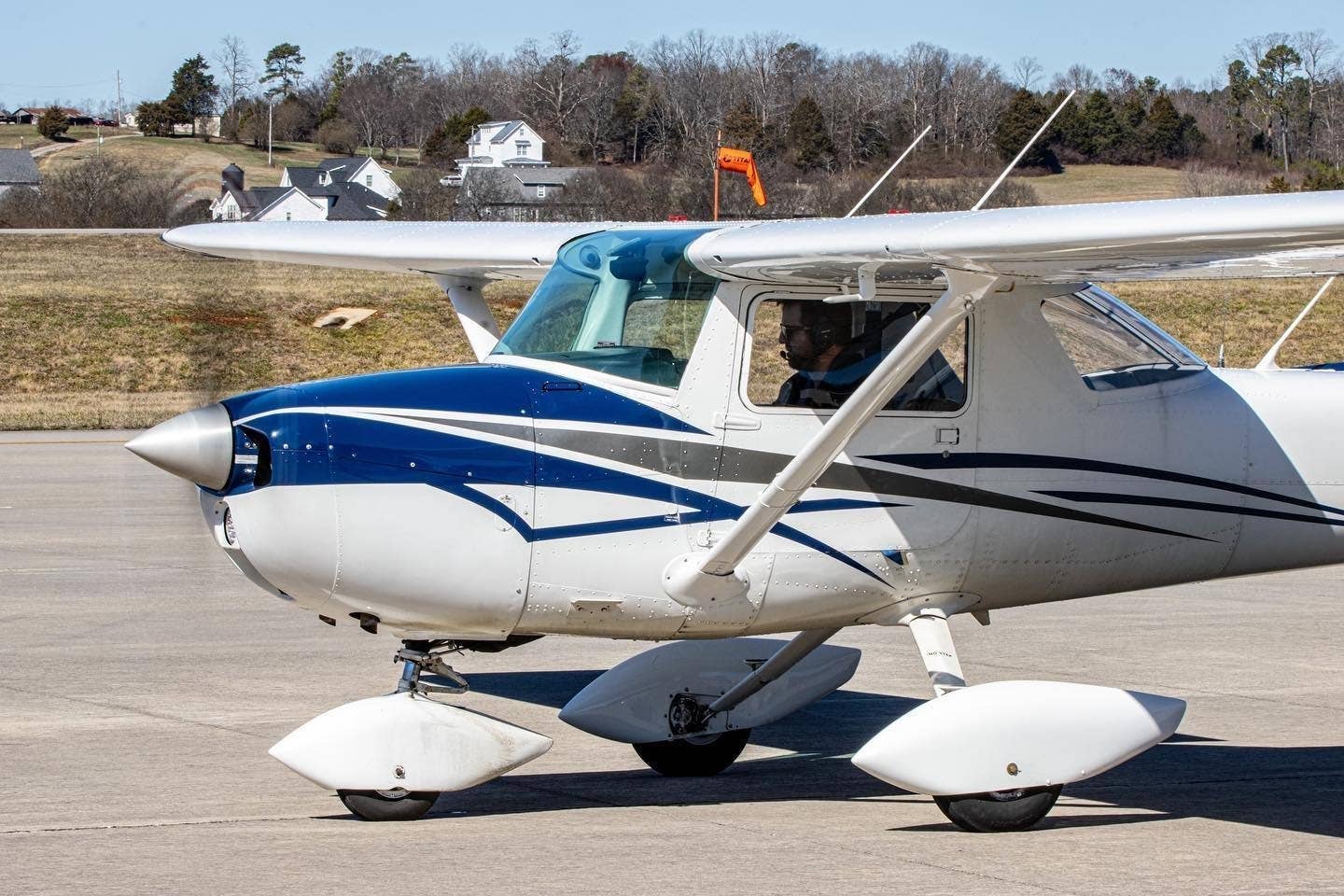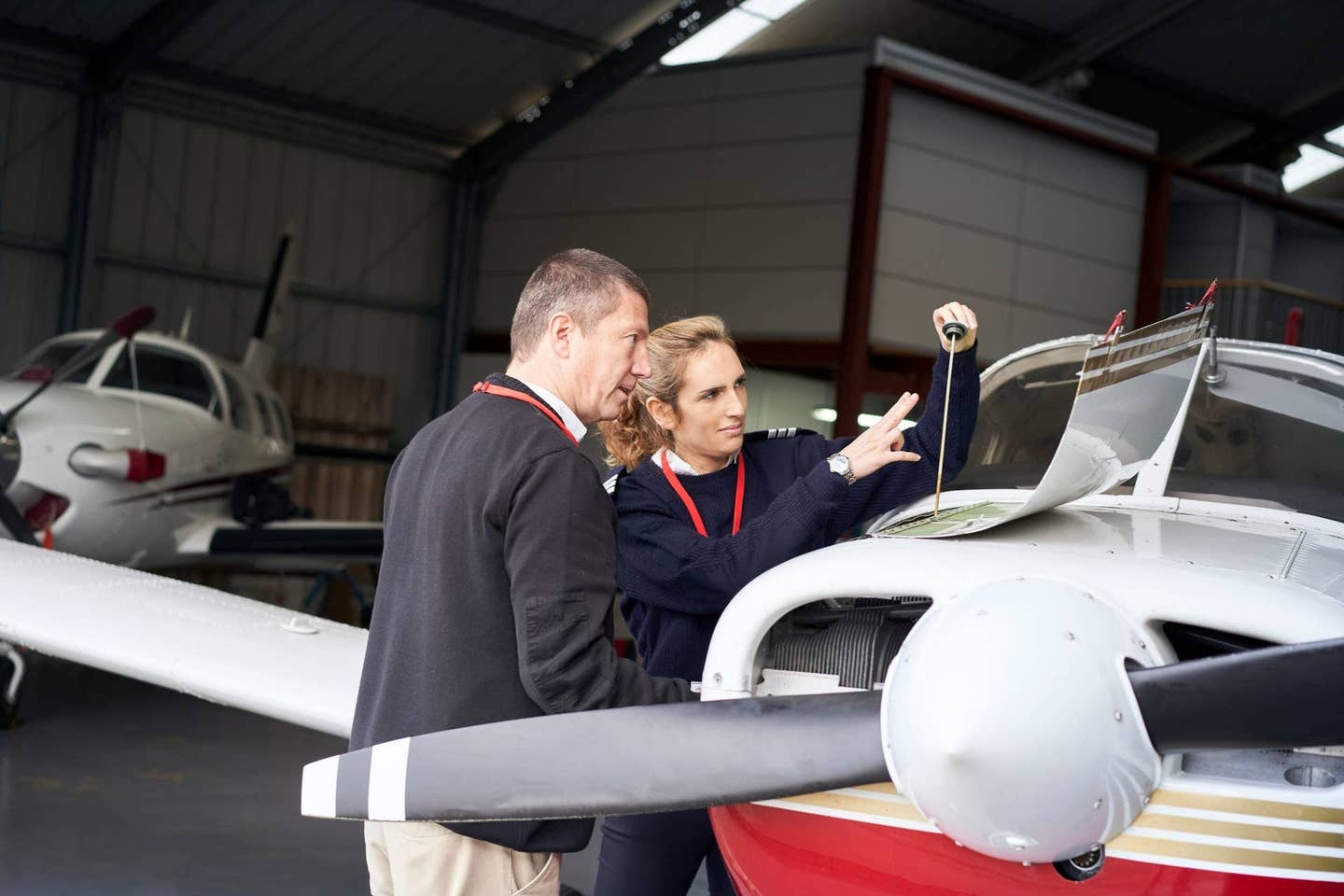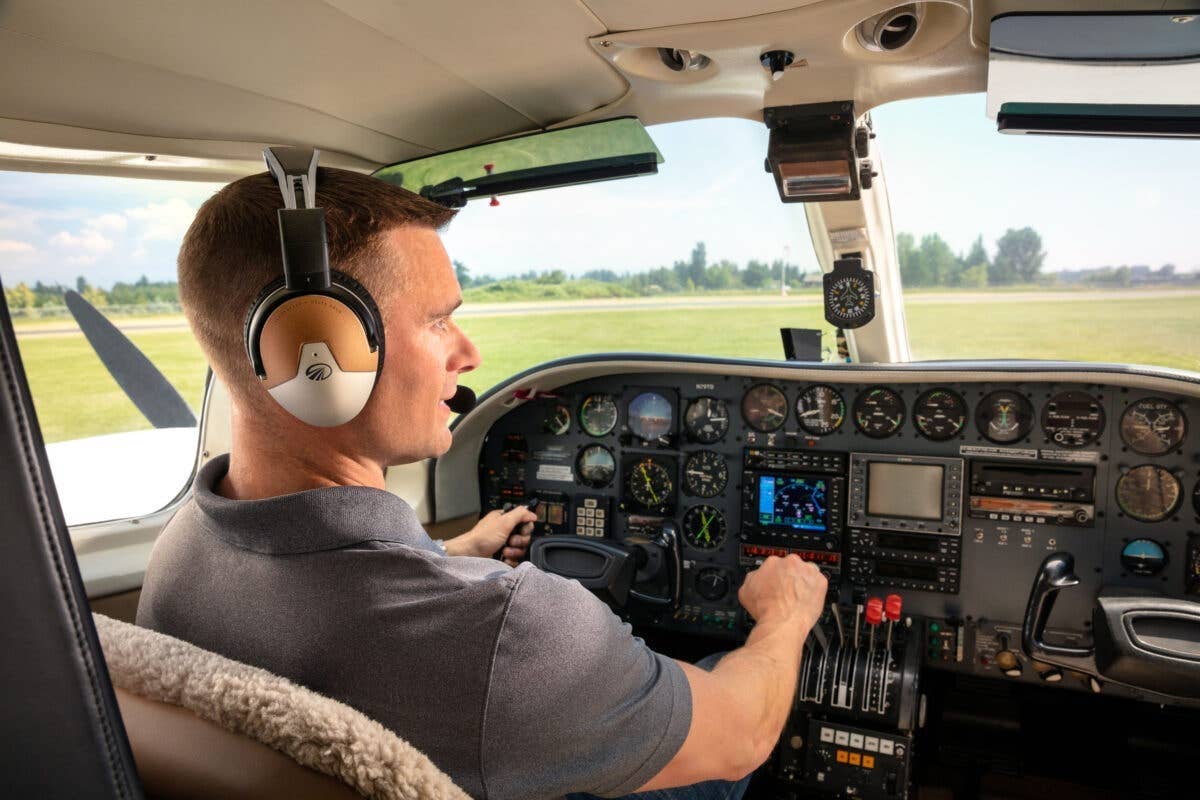 |
How risky is your next flight? I would bet that few of us know how to answer that. Most pilots wouldn't know how to begin to measure a flight's risk, or would shrug it off with a blanket statement like, "Well, the drive to the airport is more dangerous," (which isn't true). We know that flying an aircraft carries a certain amount of risk, but how much remains something of an abstract, unknowable figure.
Millions of words have been written about general aviation (GA) accidents and why they happen, but the number of GA accidents isn't dropping. While it's true that the total number of GA accidents has been declining each year, so have the hours flown. The accident rate has remained steady at between six and seven accidents per 100,000 hours since 1999. The fatal accident rate remains around 20% of all accidents, or roughly one in five.
But, researchers have found hidden data buried in the raw numbers. The industry is focusing on risk assessment and how pilots contribute to or prevent accidents. More than just a buzzword, risk assessment studies have yielded some useful, intuitive tools for pilots. The challenge has been getting pilots to pay attention to these ideas, especially within a culture of denial about the safety of aviation.
Safe Vs. Risk Free
John King, of King Schools fame, is about as open as anybody is about the accident problem. Having taught thousands of pilots about aviation, today he frequently speaks to aviation groups about risk. King calls our current attitude about aviation safety, "The Big Lie." He says the idea that flying is safe is a fallacy perpetuated by pilots who hear it and pass it on without thinking. He finds it irresponsible to think of flying as risk free, because it isn't.
The harsh reality is you're seven times more likely to die in a GA aircraft than in a car, per mile; 3.5 times more if measured per hour, according to NTSB 2011 statistics. "The idea of flying being safe came from the airlines because they have a phenomenal safety record," says King. "But telling students that GA flying is safe is doing them a disservice. I think we'd do a lot better by telling them, 'Yeah, you're right, there are risks involved. But, what you're going to learn to do is manage those risks. We're going to give you the tools to do that.'"
King, like others, maintains that aviation's risk shouldn't serve as a deterrent to prospective pilots or the public. Instead, he champions the idea of accepting aviation's risk and mitigating it as much as is within our means. In the real world, if we scuba dive, rent a watercraft or even ski, we sign pages of waivers that acknowledge the risks we're taking. We lessen that risk through training, knowledge and practice. In aviation, we tend to scoff at the idea that flying is risky as if it were a ridiculous thought confined to outsiders.
Human Factors
I recently attended a two-day ground school. The class instructor, Kim Barnes, was filling in for the regular instructor. Barnes also happens to be the Assistant Chief Flight Instructor for Aviation Seminars, as well as the Director of Training at Avjet Boeing Business Jet. He's also a former USAF instructor and fighter pilot, and continues to be a flight instructor by choice. To say he's passionate about flight instructing is an understatement. During a break, our conversation delved into GA accidents and Barnes' commitment to educating pilots about risk through the study of "human factors."
In the aviation world, the human factors concept is a deep examination of how pilots interact with their aircraft and environment. The study of human factors in aviation is nothing new, having been around since the Wright brothers began patenting control devices to help pilots fly more easily.
The discipline kicked into high gear after the famous Eastern Airlines crash in Miami in 1972, when a new L-1011, its passengers and highly experienced crew, crashed into the Everglades because of a burned out .20-cent lightbulb. Later, as the Space Shuttle was under development, human factors were carefully studied for the purpose of creating safer spaceflight crews. Those studies gave rise to CRM---known today as, "crew resource management."
Not another boring FAA-conceived program to feed its bureaucratic appetite, human factors is one of the hottest topics at FIRCs across the nation. It's being addressed not only by the FAA and aviation speakers, like John King and Rod Machado, but by huge organizations like the ICAO.
The Problem
In 2011, (the most recent year we have full statistics for), the NTSB reported 1,466 general aviation accidents. Of those, 263 were fatal, where 444 people lost their lives. Barnes showed me a shocking statistic: "From 1991 to 2000, in 91% of the student-pilot stall-spin accidents, an instructor was on board the airplane! There is something wrong there." The question of how such accidents happen lead to more than just the stall-spin itself.
As Barnes explains, the NTSB too often stops once a base cause for an accident is found. For example, if an engine is found faulty during a crash investigation, that accident is put into a "Mechanical Failure" causal factor. But that doesn't take into account the human factors that played a bigger role in the accident.
 This form, developed from thousands of hours of research, helps pilots by making them aware of risks before a flight. The factors rated here contribute most to GA accidents. Click image to enlarge. |
A real-life example of this was an accident in a Cessna 421. The highly experienced pilot and student noted one engine had been running rough and spoke about it to witnesses. They took off, but returned to the airport because of the engine problem.
The next day, they were unable to determine where the issue was coming from. During a subsequent run-up that day, the engine ran rough once again. Wanting to get the airplane back home, the pilot decided again to take off. At 400 feet AGL the engine quit. The pilot attempted a turn back to the runway but spun into the ground, killing himself and two others.
"The NTSB determined the probable cause was a mechanical failure, because it was later found there had been a fuel flow problem," explains Barnes. "But what killed this pilot was not the faulty engine. It was his decision to fly the airplane in that condition, and then to try a turn back to the runway at too low an altitude."
Looked at in those terms, 95% of all GA accidents have some direct relationship to a human factors issue, and only 5% can be accurately blamed on systems. "Sure, there are 5% that just happen," Barnes says. "And the outcome would be the same whether you or I were flying. But the other 95% are what we concentrate on."
Barnes points out the irony in today's training environment: We spend about 5% of our time on human factors and 95% on systems. The FAA, ICAO, NAFI and others are realizing that spending the least amount of time on the leading cause of GA accidents doesn't make sense, and they're trying to change that. Part of that's discovering---and addressing---the factors that cause pilots to make inexplicably poor decisions about a flight.
Barnes, like others, advocates a farreaching cultural change, where pilots create a careful, measured and conservative plan to manage the risks in a flight. This plan, according to Barnes, starts with your next flight. "It begins with trying to know everything there is to know about that flight and assessing the risk systematically." He demonstrates the tools that are available right now to help do that.
Risk Assessment Tool
The FAA took data from hundreds of carefully selected GA accidents and dissected the numbers in different ways. They looked at the root causes of the accidents and assigned values to each causal factor. They determined that three "systems" are involved in any accident: the pilot, the airplane and the environment ("P.A.E."). Then, they developed an ingenious form that combines all the research into a simple format that pilots can use before a flight to determine how risky their flight will be.
The result is the basis for the FAA's Aviation Risk Assessment Program, being used in other countries. The FAA published the "Personal and Weather Risk Assessment Guide" in 2003 that contains a risk assessment form along with some excellent tools to help guide pilots through the decision-making process. Although the form is now 10 years old, few pilots even know it exists. It's available for free, here: Flight Assessment Risk form.pdf
The risk assessment form takes each of the "P.A.E." areas and divides them into specific factors. For example, the "environment" section includes things such as "wet runway," "approach over water" and "ceilings less than 3,000 feet AGL."
Each factor is assigned a value---either positive or negative. Once the form is completed by the pilot (which takes only a minute), it generates a value. That value is the relative riskiness of the flight. It's matched against a matrix of actions that the pilot is advised to take. Some of the actions include, "Don't go," or "Consult a CFI." Using the form is a real eye-opener.
 The Kings are passionate about GA's risk and advocate a realistic look at safety. |
Does using a simple form work to make flying safer? Yes, it does! I've been using the FAA's Risk Personal Assessment form since I met Barnes weeks ago. I've used it for actual flights and not for "I'm-writing-an-article-so-I-have-to" reasons. The simple exercise of filling out the form has actually changed how I approach a given flight. Barnes explains why.
"Simply knowing and being able to measure the risk for a particular flight makes the pilot more aware," says Barnes. "This makes the flight safer by default." Barnes explains that awareness of risk increases the attentiveness of the pilot and forces him or her to consider alternatives before the flight, not in the air when options may be few and stress levels high.
He also cautions that the risk form is not some "Magic 8-Ball" that makes the "go or no-go" decision for the pilots. "This is a tool to show the pilot where the risks are to make the pilot think about the flight," he adds. "It's another tool to help the pilot make better decisions." Barnes challenged me and all pilots out there to try the risk assessment form for themselves to see the difference it makes.
Barnes also added a sobering thought. "Remember that this is not just another FAA-conceived program to make you remember some acronym or fill out some useless form. These numbers were paid for by the lives of pilots who were probably better than you or I."
| Useful Resources Aviation risk assessment can range from simple to complex, and there are many ways to use acronyms, mnemonic devices and other terms to use as risk evaluators. To keep pilots engaged, a simple approach seems to be the key, leaving all the serious number crunching and formulas to the experts. There are some excellent tools available to help pilots start engaging in risk assessments before their flights. | |
| www.faa.gov/library/manuals/aviation/media/FAA-H-8083-2.pdf | Probably one of the best and most useful starting points is the FAA's own "Risk Management Handbook." It's available free to all pilots through this link. |
| http://flash.aopa.org/asf/flightrisk/index.cfm | AOPA's Air Safety Institute has an excellent online Flight Risk Evaluator that's easy to use, clear and very useful. |
| www.faa.gov/training_testing/training/fits/guidance/media/ Pers%20Wx%20Risk%20Assessment%20Guide-V1.0.pdf | Once again, the FAAâpublishes a concise risk assessment tools workbook. Pay particular attention to the form on the last page. This is the best and most universal GA risk assessment form available---and it's free. |
| www.takeflightsandiego.com/documents/RiskManagement_000.pdf | NAFI (National Association of Flight Instructors) offers a handy, one-page graphic to help pilots remember the basic concepts of human factors and risk assessment. |
| www.flight.org/blog/2010/11/30/our-talk-with-john-king-of-king-schools/ | John King took part in an excellent podcast where he discusses his approach to aviation risk management.That podcast is available on this blog. A simple search on YouTube will also yield King's 2010 risk presentation from Sun 'n Fun. |
| www.kingschools.com/practical-risk-management.asp | The King's Risk Assessment Program is one of the best $49 you'll ever spend. It's an excellent overview of the risk management process. |
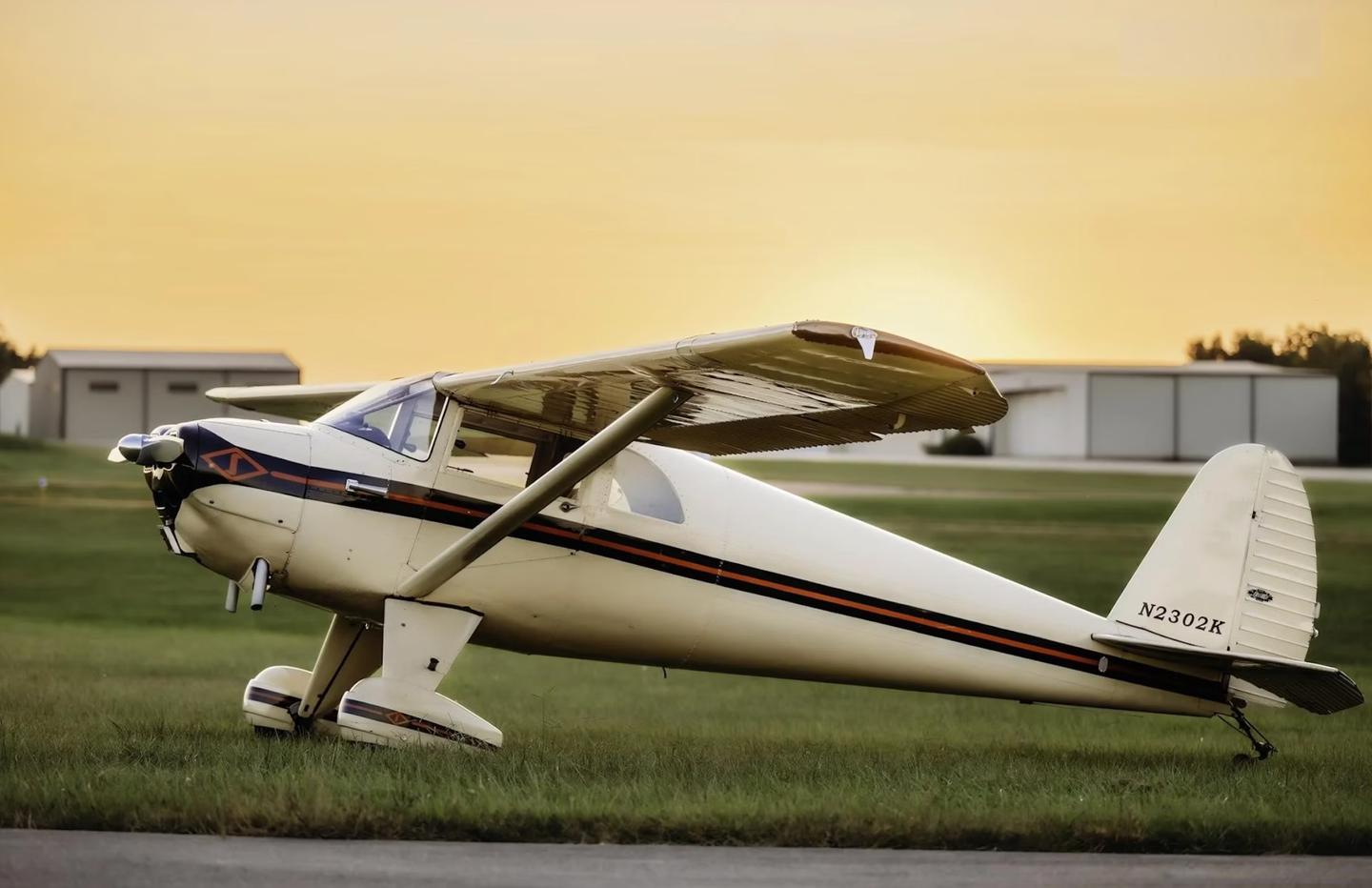
Subscribe to Our Newsletter
Get the latest Plane & Pilot Magazine stories delivered directly to your inbox

